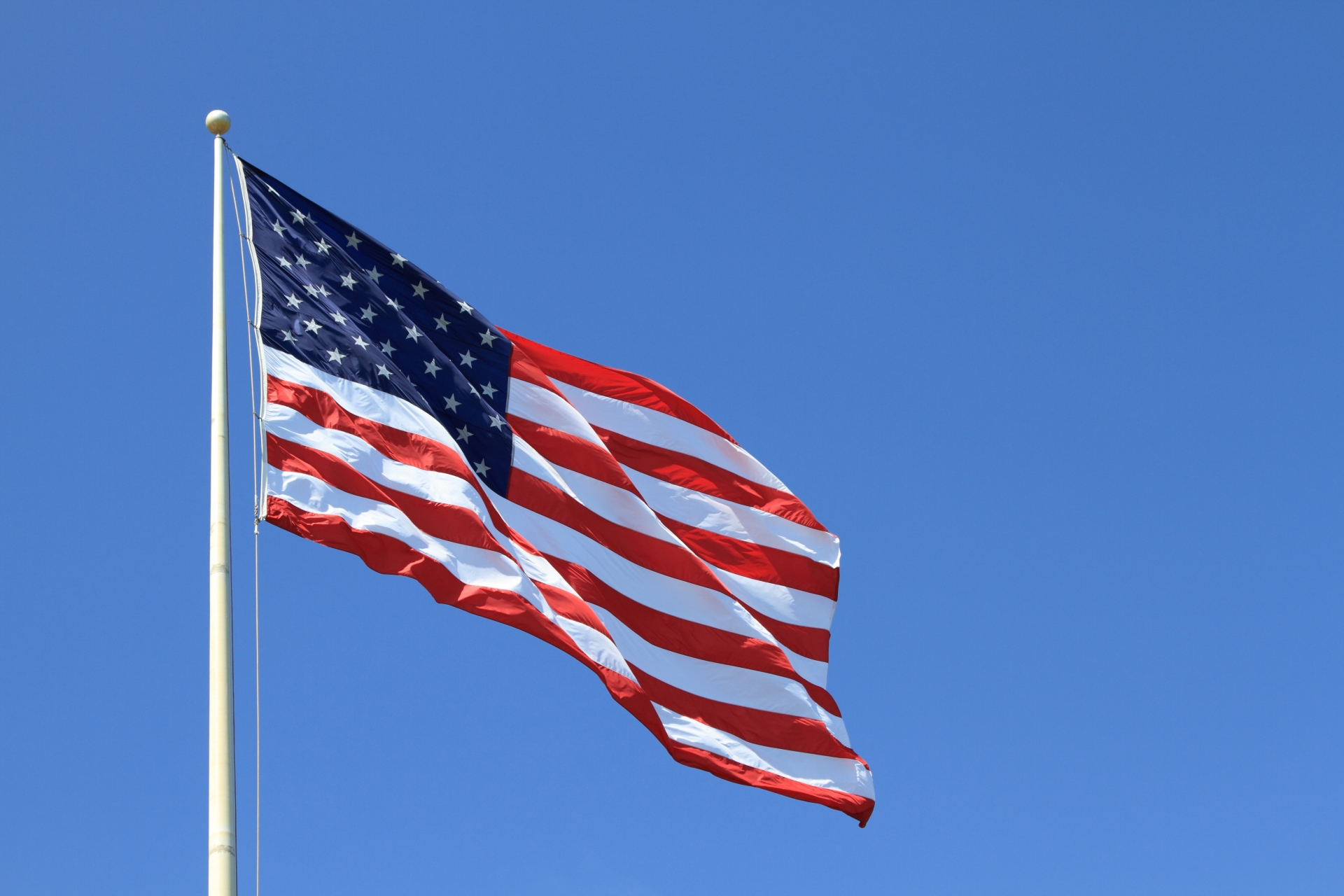Why Does California Get Hot? Causes, Heat Countermeasures, and Cool Spots
California is one of the states with the most diverse climates in the U.S., but some regions experience extreme heat during summer. Below is a detailed explanation of the causes of heat, heat countermeasures, and cool spots within the state.
1. Causes of Heat
- Geographical Factors and Dry Climate
- Inland California consists of desert and semi-desert areas where summers are dry with intense sunlight.
- The Sierra Nevada and Coastal Ranges block the cool ocean breeze, causing heat to build up inland.
- Stagnant High Pressure (Heat Dome Effect)
- The Pacific high-pressure system covers the California coast in summer, trapping heat, often pushing temperatures above 40°C (104°F) inland.
- Santa Ana and Diablo Winds
- Famous in fall and winter but can also occur in summer, these hot, dry winds rapidly push inland heat toward the coast, causing sudden temperature spikes.
- Global Warming and Drought
- Long-term warming and reduced rainfall worsen the urban heat island effect.
- Lower water levels in lakes and rivers reduce their natural cooling effects.
2. Heat Countermeasures
- Use of Air Conditioning and Sunshade Devices
- Coastal cities like Los Angeles and San Francisco historically didn’t need air conditioning, but usage has increased recently.
- Activity During Cooler Times
- Exercise and outdoor work are recommended in the mornings and evenings; avoid the afternoon heat (1–5 PM).
- Public Cooling Centers
- During heatwaves, libraries, community centers, and shopping malls serve as cooling shelters.
- Hydration and Electrolyte Intake
- Dry conditions cause sweat to evaporate quickly, making dehydration harder to notice, so conscious fluid and electrolyte intake is necessary.
- Greenery in Buildings and Gardens
- Insulating roofs and walls, planting street trees and garden plants help reduce indoor temperature rise.
3. Cool Spots
- Pacific Coastal Areas
- Cities like San Francisco, Monterey, and Santa Cruz enjoy summer temperatures around 20°C (68°F) due to cold ocean currents.
- The “California Current” acts as a natural air conditioner.
- Northern California Mountain Regions
- Areas around Lake Tahoe and Mount Shasta have high elevations and cool mornings and evenings even in summer.
- Coastal Redwood Forests
- Humboldt County and Redwood National and State Parks have frequent fog that keeps temperatures low.



コメント